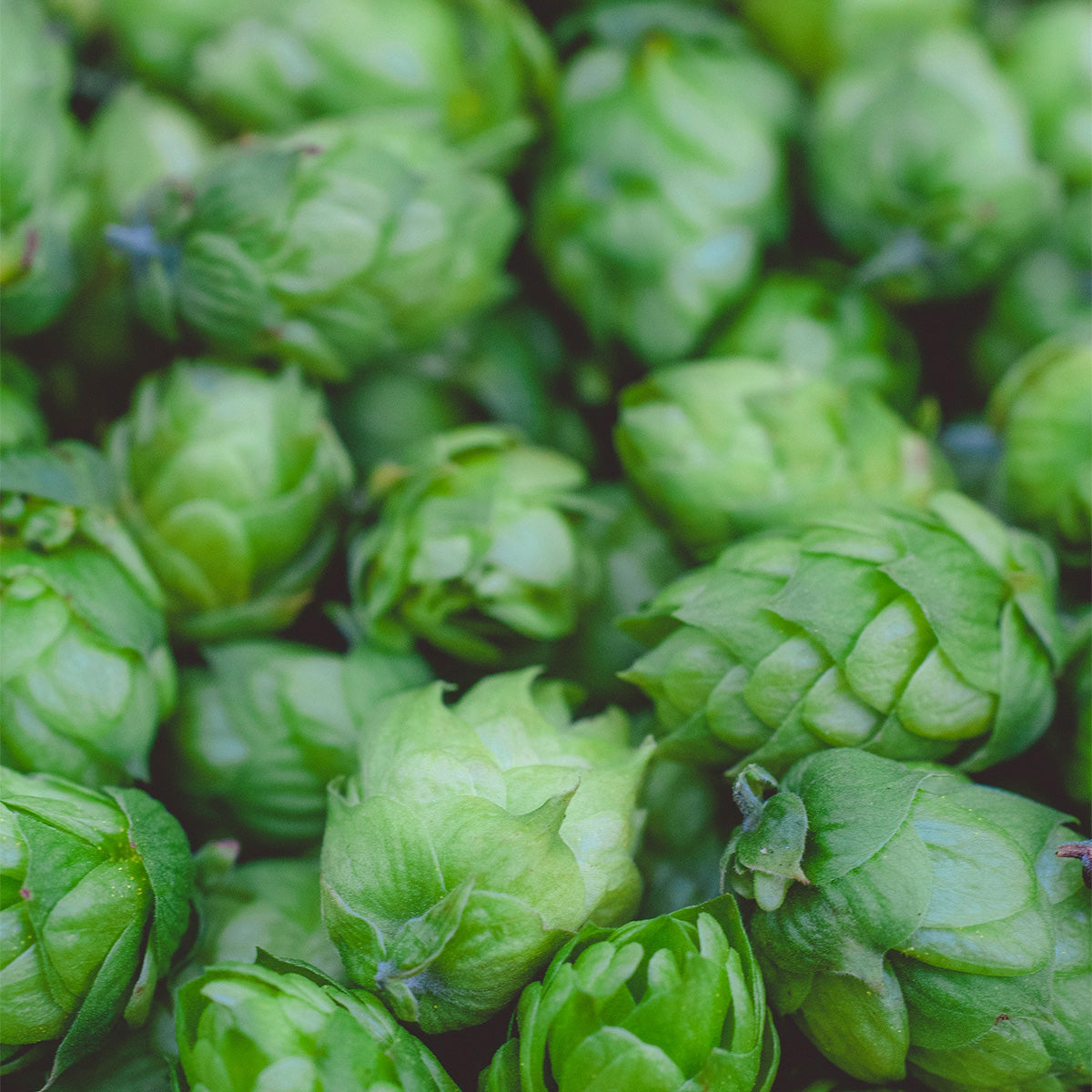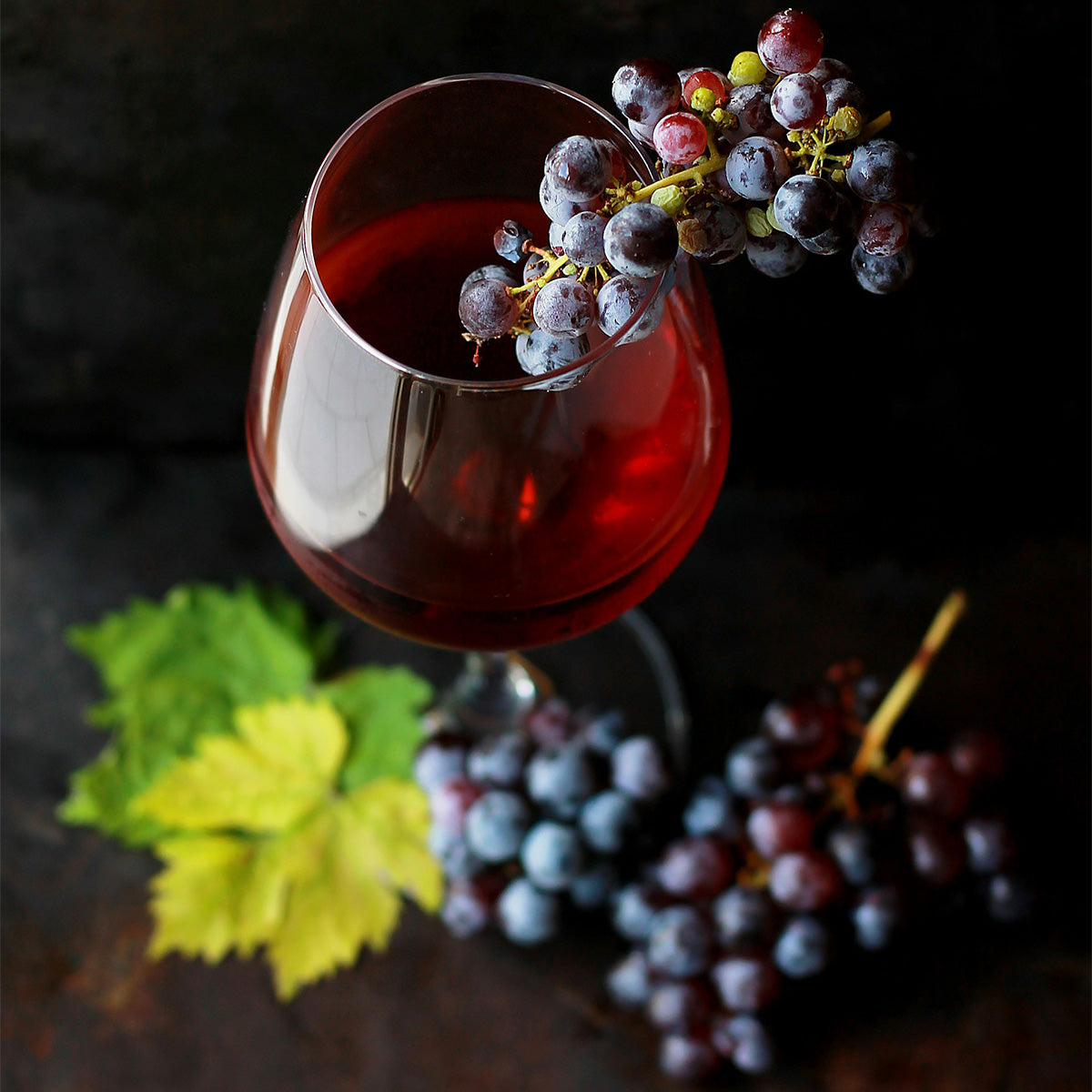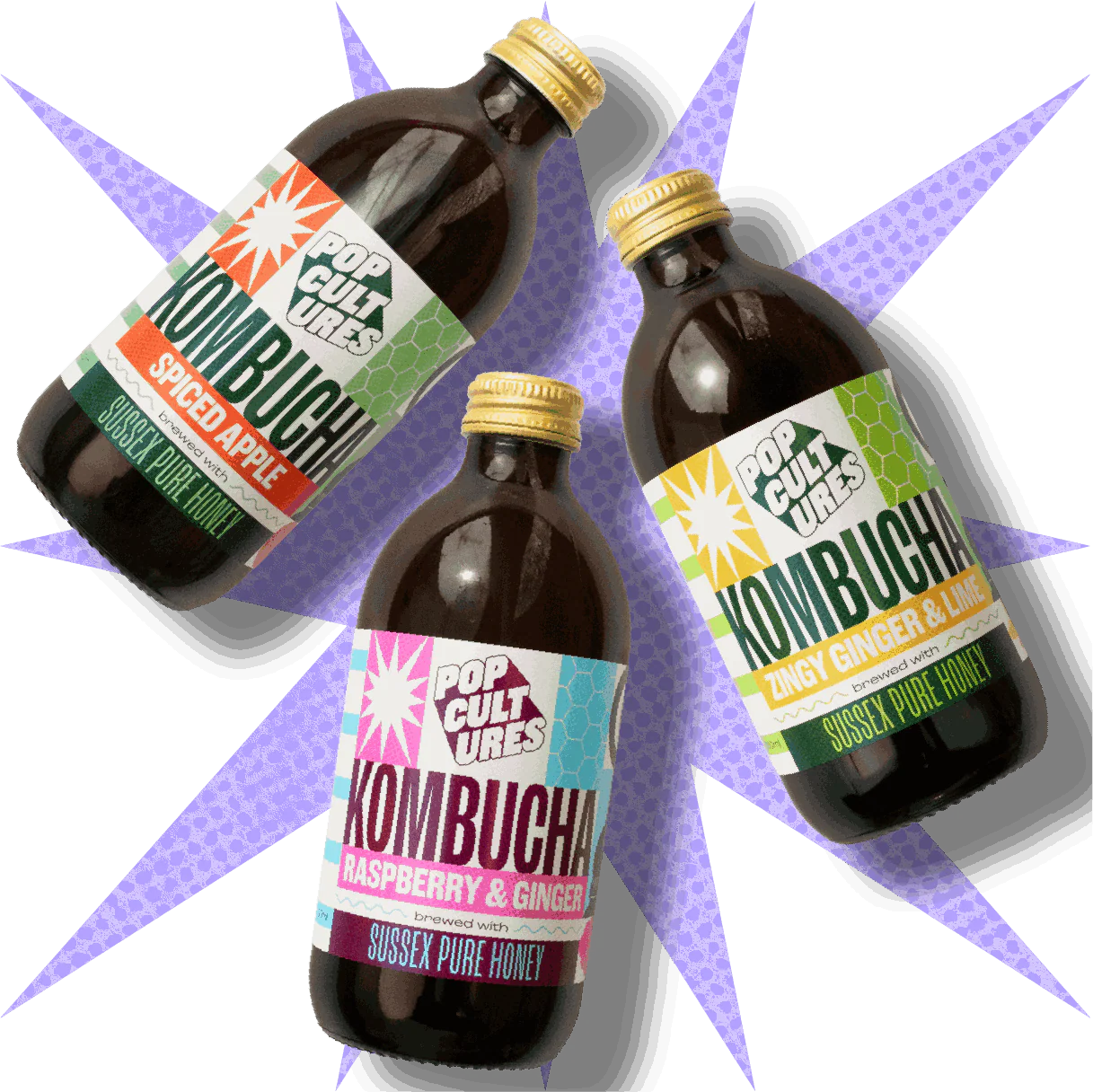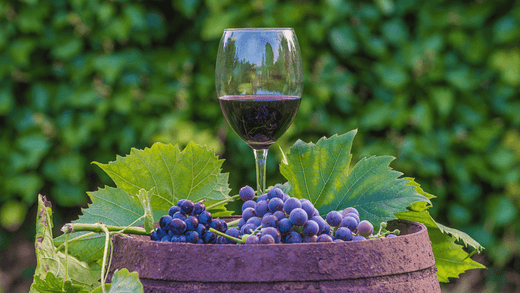As our palates evolve and our nights out become less about the hangover and more about the experience, the wine industry is responding with a trend gaining momentum among casual drinkers and connoisseurs alike: mid-strength wines. In a recent exploration by Alice Lascelles for the Financial Times, the burgeoning world of wines with lower alcohol by volume (ABV) is brought into the spotlight, revealing a shift towards moderation without sacrificing taste or tradition. Dive into the full article for a comprehensive insight.
Why Mid-Strength Wines?
The appeal of mid-strength wines lies in their ability to offer a more health-conscious option for wine lovers and their challenge to the wine-making process. Traditional wines typically range between 11% and 14% ABV, with some styles, like certain German Rieslings, naturally sitting at around 8% ABV. However, the drive towards creating wines in the 3.5% to 9% ABV category is not merely about reducing alcohol content but crafting wines that maintain the rich flavours that mouthfeel enthusiasts cherish.
The Challenge of Crafting Lower-ABV Wines
Creating a mid-strength wine that is both flavourful and satisfying poses a unique challenge. Alcohol is critical in enhancing a wine's flavour profile and mouthfeel. The article highlights innovative approaches from wine producers like The Doctors, who have naturally tweaked the ripening and fermentation processes to produce enjoyable mid-strength options like Riesling and Sauvignon Blanc.
Moreover, the piece discusses other methods like lightly de-alcoholising full-strength wines using techniques such as the "spinning cone" method and reverse osmosis. Brands like Oxford Landing and Torres Vina Sol and celebrity-endorsed labels like Sarah Jessica Parker's Invivo X and SJP are creating waves with their offerings that promise to retain the essence of wine while catering to a lower ABV preference.
The Market's Response and Future Trends
The article notes an encouraging reception in the market, particularly among health-conscious consumers and younger adults seeking new experiences. Retailers like Sainsbury's are expanding their mid-strength wine selections in response to growing demand, indicating a robust future for this category.
Personal Reflections
Alice Lascelles' candid reflections on the personal appeal of mid-strength wines resonate with many of us seeking balance. She likens the shift towards these wines to a broader lifestyle choice, akin to Coke Zero - not quite the original, but a welcome alternative for those of us aiming to moderate our intake without compromising enjoyment.
The emergence of mid-strength wines represents a fascinating evolution in the wine industry, driven by changing consumer preferences and innovative wine-making techniques. As we look towards a future where quality does not necessitate high alcohol content, these wines offer a promising horizon for producers and consumers. The Financial Times article by Alice Lascelles provides a thorough and engaging look into this trend, making a compelling case for the place of mid-strength wines in our glasses and gatherings.
Please read the full article in the Financial Times for a deeper dive into the nuanced world of mid-strength wines and the stories behind them.








